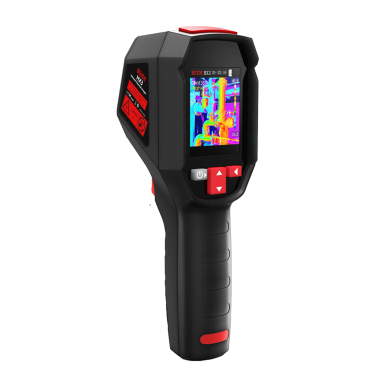
# Ear Thermometers: Accurate and Non-Invasive Temperature Measurement
## Introduction to Ear Thermometers
Ear thermometers, also known as tympanic thermometers, have become a popular choice for measuring body temperature in both clinical and home settings. These devices offer a quick, accurate, and non-invasive way to monitor temperature, making them particularly useful for children and adults alike.
## How Ear Thermometers Work
Ear thermometers use infrared technology to measure the heat emitted by the eardrum and surrounding tissue. The tympanic membrane shares blood supply with the hypothalamus, the part of the brain that regulates body temperature, making it an excellent indicator of core body temperature.
### Key Features of Modern Ear Thermometers:
– Fast readings (typically 1-3 seconds)
– Hygienic probe covers
– Memory functions to track temperature history
– Fever alarms
– Backlit displays for nighttime use
## Advantages of Ear Thermometers
Compared to traditional oral or rectal thermometers, ear thermometers offer several benefits:
Keyword: Ear Thermometers
### Accuracy and Speed
Ear thermometers provide readings that closely match core body temperature measurements, and they do so much faster than conventional thermometers.
### Comfort and Safety
The non-invasive nature of ear thermometers makes them ideal for use with infants, children, and patients who may be uncomfortable with other methods.
### Hygiene
Disposable probe covers minimize the risk of cross-contamination between users.
## Proper Usage Techniques
To ensure accurate readings, follow these steps:
– Gently pull the ear upward and backward (for adults) or straight back (for children) to straighten the ear canal
– Insert the thermometer probe snugly into the ear canal
– Press the measurement button and hold steady until the reading is complete
– Remove the thermometer and read the result
– Discard the used probe cover
## Factors Affecting Accuracy
Several factors can influence the accuracy of ear thermometer readings:
– Earwax buildup
– Improper positioning
– Recent exposure to extreme temperatures
– Ear infections
– Moisture in the ear canal
## Choosing the Right Ear Thermometer
When selecting an ear thermometer, consider:
– Clinical validation and accuracy
– Ease of use
– Display readability
– Memory capacity
– Battery life
– Warranty and customer support
## Maintenance and Care
To maintain your ear thermometer:
– Always use clean probe covers
– Clean the thermometer according to manufacturer instructions
– Store in a protective case
– Replace batteries as needed
– Avoid exposing to extreme temperatures or moisture
## Conclusion
Ear thermometers represent a significant advancement in temperature measurement technology, offering a combination of speed, accuracy, and patient comfort that makes them suitable for a wide range of applications. When used correctly, they provide reliable temperature readings that can help monitor health and detect fevers early.